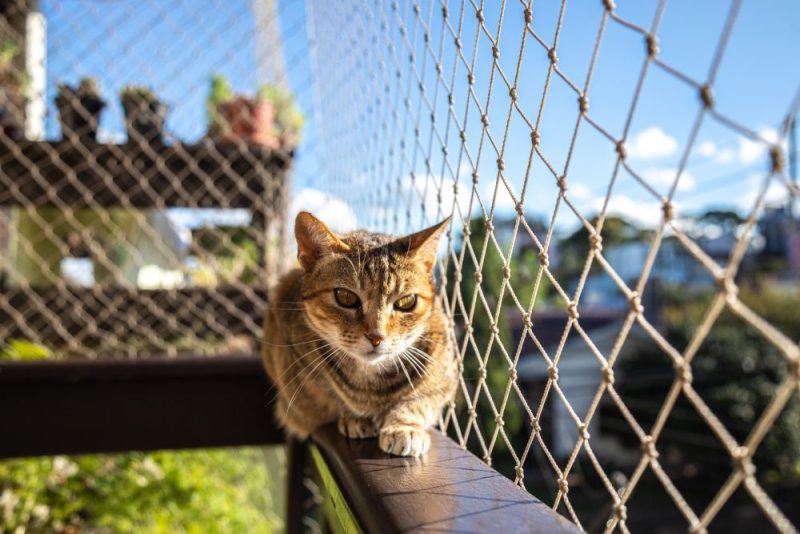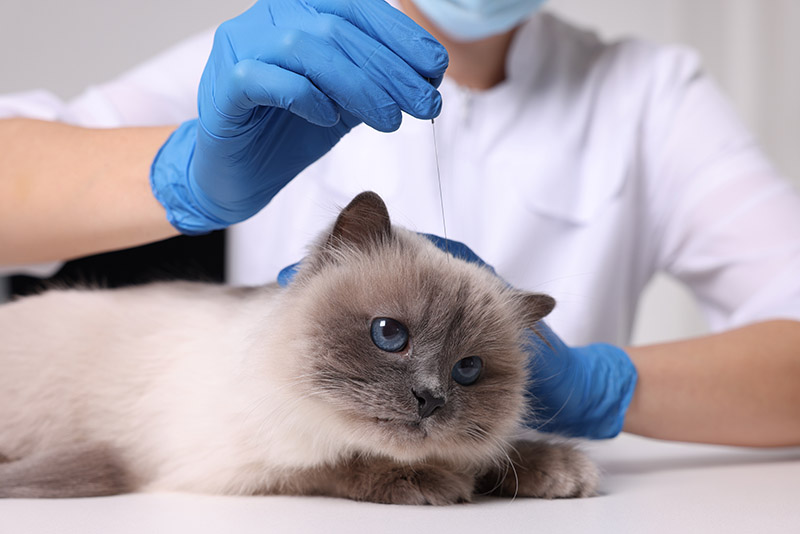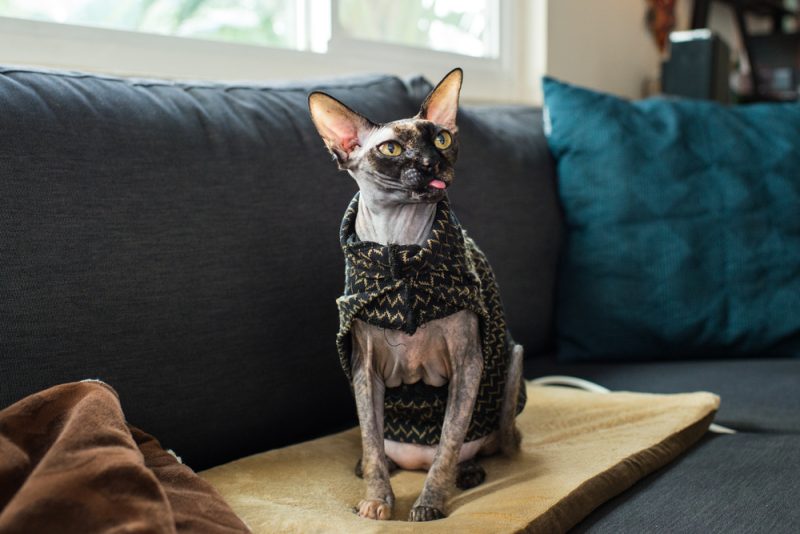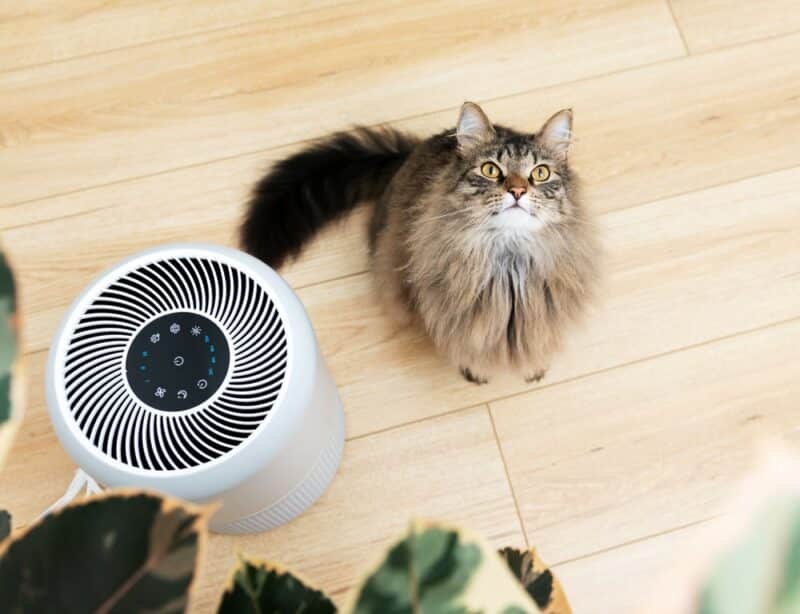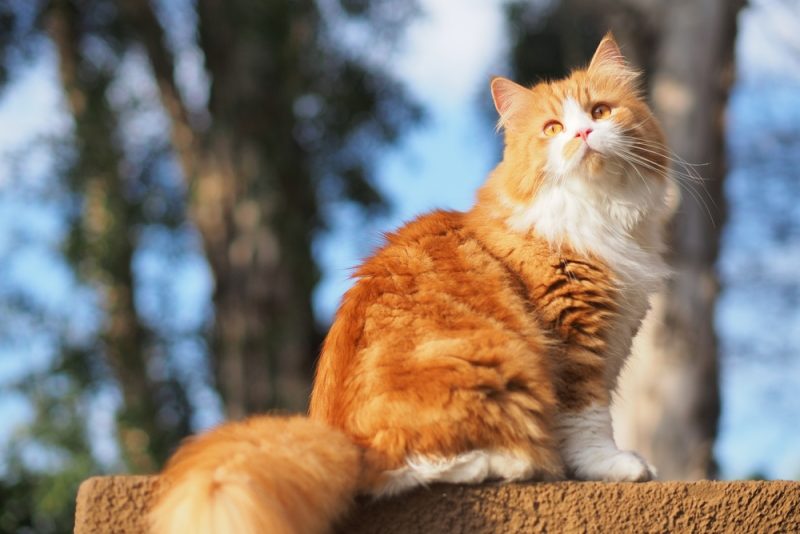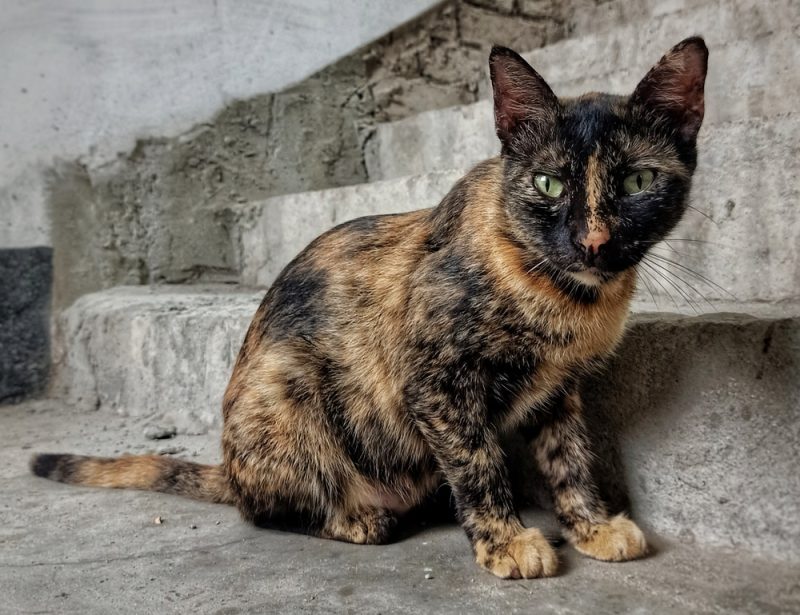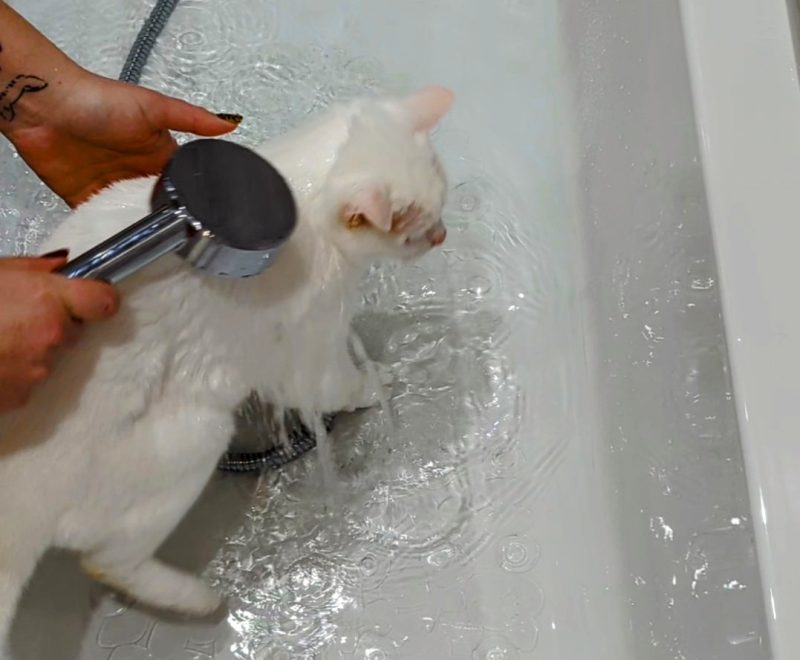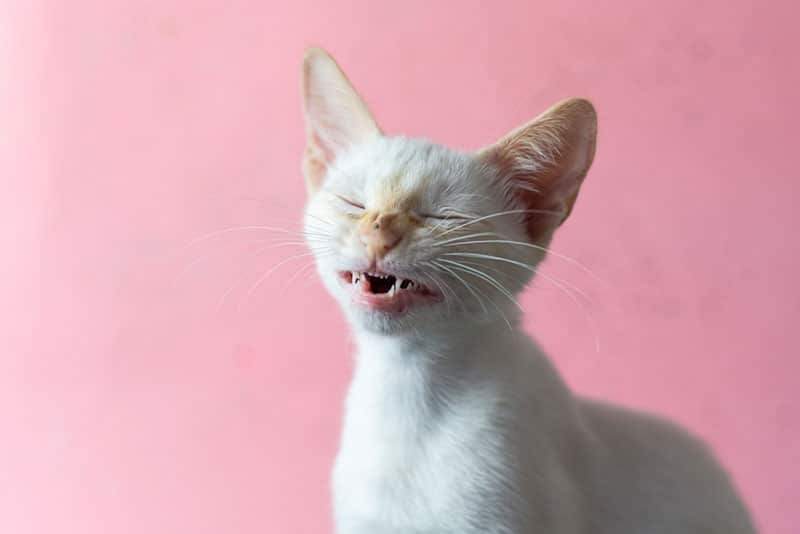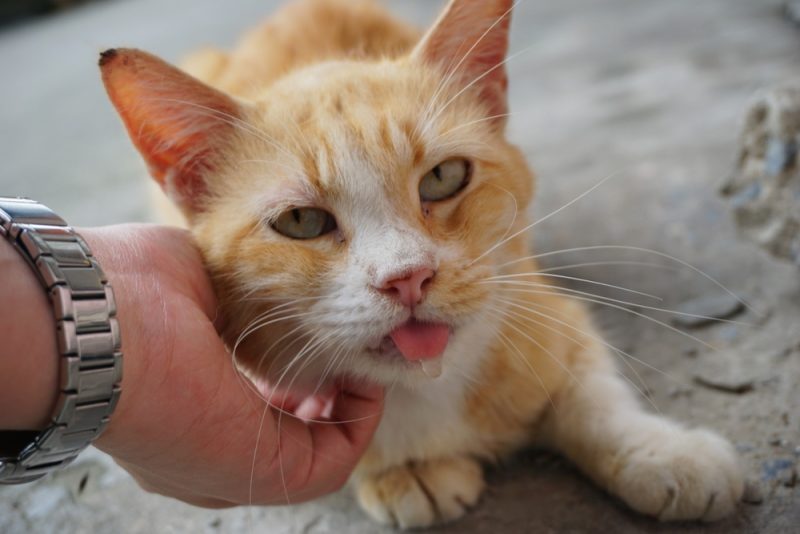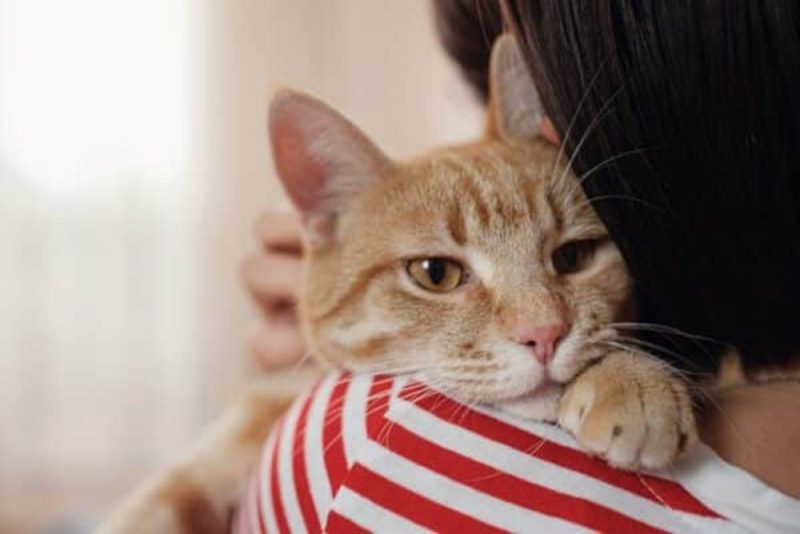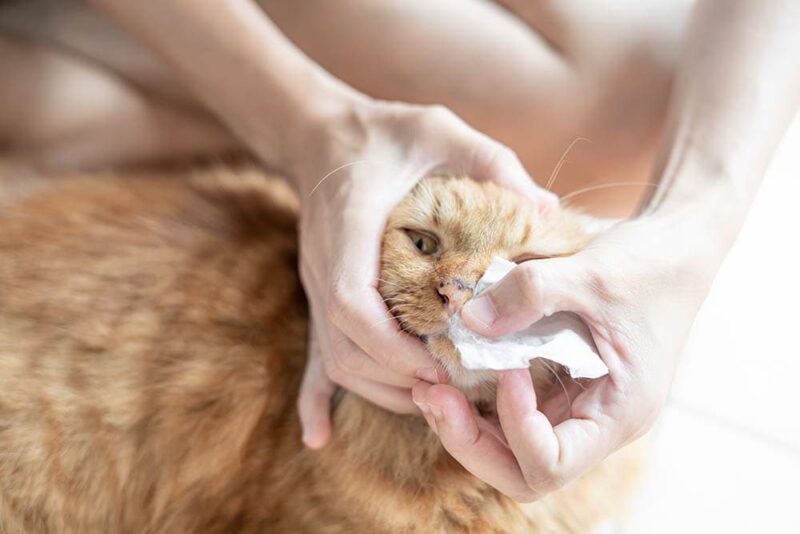Balconies can be a huge source of anxiety for cat owners. It’s just so easy for our furry friends to, well, fall off. A fall from a balcony can be exceptionally dangerous, resulting in serious injuries or worse. Cats almost always land on their feet, sure, but that doesn’t mean their legs can take that long of a drop!
However, just because you live in an apartment doesn’t mean that your cat has to stay indoors at all times. You can transform your balcony into a safe haven with the right tips and solutions. You probably won’t have to do every solution on this list. It depends largely on your cat and balcony.

Cat-Proofing a Balcony: Before You Start
Before you do anything, it’s important to take a step back and look at your balcony. Identify what you have to work with and the potential hazards for your cat. This simple step will ensure you’re working in the right direction and choosing the right solutions for you.
Railing styles can play a huge role in the safety of your balcony. If your balcony has solid walls, you are much better off than someone who has thin bars. Cable railing and wrought iron bars may prove challenging to work with, but it’s still possible to make the area safe for your feline. The material of the railings also matters. Wood is much easier for your cat to claw up and climb, while metal railings are often not very easy for most cats to climb.
Perhaps most importantly, measure the gaps between the rails and ensure that your cat can’t squeeze through them. Remember, cats can often squeeze through as long as their heads fit. They can fit into much smaller spaces than you might imagine.

The 5 Tips on How to Cat Proof a Balcony
1. Mesh Fencing
If you have wide openings in your railing, consider investing in mesh fencing. Cats cannot squeeze through the mesh as much as they might want to. Choose a strong, weather-resistant mesh with small squares smaller than 1 inch. If they’re any larger, there is a chance your cat’s paw will get stuck.
Use zip ties or heavy-duty cables to secure the mesh to the railings. Opt for more secure over less secure, adding more attachment points than you think you need. Ensure the mesh is taut, too. Loose ends could snag your cat or allow them to squeeze through. It must be tight.
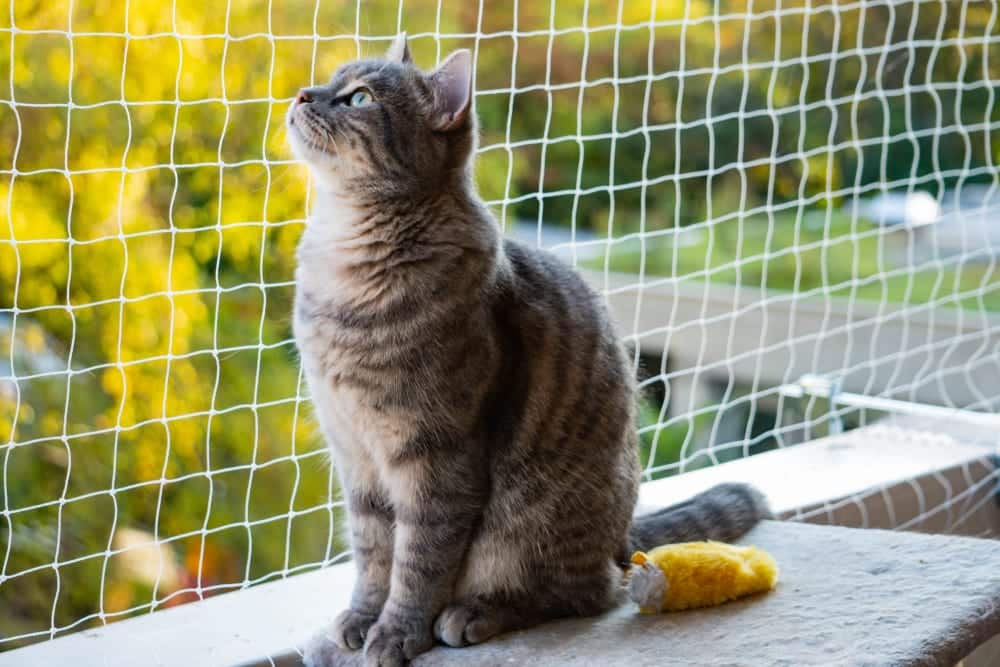
2. Cat Fencing Extensions
If you’re lucky enough to have a wall around your balcony, you’re likely better off than someone with a railing. However, many cats will still attempt to jump up on the wall, which can be exceedingly dangerous. Therefore, just because you have a wall doesn’t mean you can leave it. We still recommend taking some steps to make it safer.
One way to do this is by adding clear or vinyl panels to the top of your solid wall railing, creating an extra-high barrier without obstructing your view. These come in many different heights, but they are typically easy to install.
Ensure the panels fit snugly together. Otherwise, your cat could squeeze through the gaps!
3. Solid Paneling
If you have a large gap underneath your balcony railing, you will need to cover it, too. There are several ways you can do this, as well, depending on how big the gap is. We recommend solid paneling for larger gaps. Without a significant amount of support, anything else will bend too much and allow your feline to squeeze through still.
There are many weather-resistant solid panels available, usually made from wood or PVC. Use this along the entire surface of the balcony, keeping your feline firmly on the other side. For smaller gaps, you probably don’t need solid paneling. Instead, you can use wire mesh. It is important that your cat cannot squeeze through, though, so be sure to provide plenty of support to the mesh.
Ensure the panels and mesh extend all the way to the wall to eliminate any potential escape routes. Cats can fit through far smaller spaces than many people think!
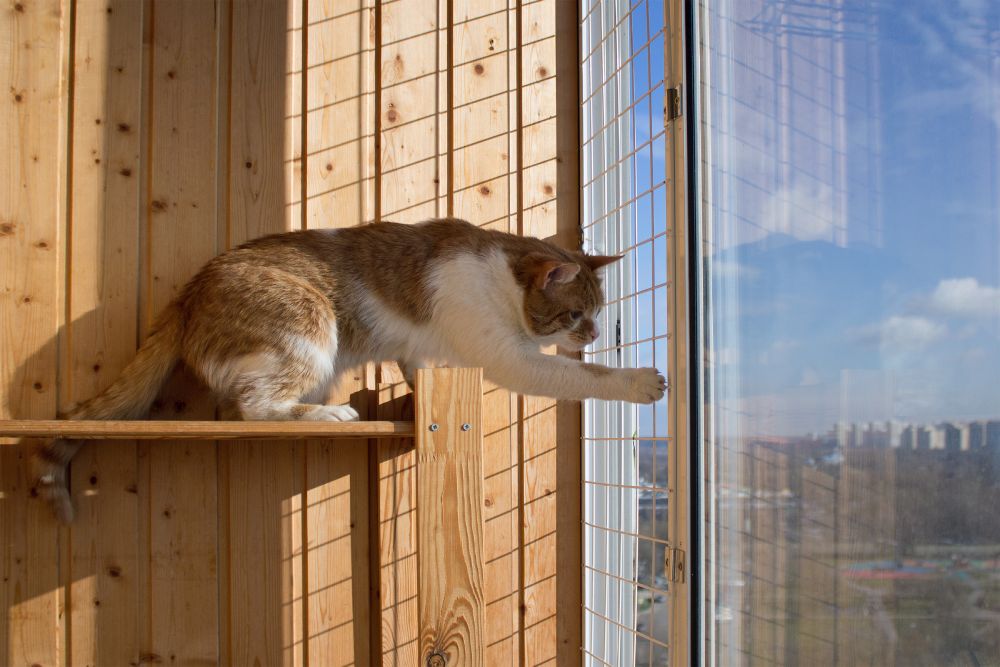
4. Supervise
Even when you’ve taken these steps to secure your balcony, it’s important to supervise your cat. No matter how secure your cat is, direct supervision is essential for your cat’s safety. You should be on your balcony whenever your cat is. This helps you ensure all of your boundaries are working and that your cat isn’t trying to get around them.
While you can do your best to cat-proof your balcony, nothing beats direct supervision.
5. Create a Stimulating Environment
You should also create a stimulating environment for your cat to prevent them from wanting to escape and play on the railing of the balcony. This involves keeping your cat entertained with plenty of cat trees and climbing structures inside your home. This will keep your cat entertained with climbing opportunities elsewhere, which may make them not so interested in your balcony railing.
We also recommend scratching posts, as these give your cat a designated spot to scratch that isn’t on your barriers. You should also provide a perch (short) or comfortable hammock. You don’t want them trying to jump up on your railing to find somewhere to sit! Provide your cat with everything they need so that they don’t feel the need to explore further.
If you add plants to your balcony, be sure they are safe. Many plants are toxic to cats. Don’t assume your cat won’t eat the plant, as they absolutely will (even if it isn’t very often)!
The Hepper Hi-Lo Modern Cat Scratcher is a functional and stylish design that makes it the ultimate scratching spot for your cat – and a superhero in the battle against furniture destruction. Unlike most cat toys that end up being ignored, this one's a crowd-pleaser for both cats and their hoomans.
With its 3 configurations, thick textured cardboard, and solid birch plywood frame, it encourages your cat's natural scratching instincts, so they stay away from your precious furniture, rugs, and curtains, among all other things they shouldn't scratch. The Hi-Lo is like your home's mini guardian, keeping it safe while looking super sleek and trendy. At Catster, we’ve admired Hepper for many years, and decided to take a controlling ownership interest, so that we could benefit from the outstanding designs of this cool cat company!

Final Thoughts
Getting your balcony cat-proof may seem like a hard task. However, it isn’t actually that challenging! With the right equipment and by taking a careful look at your balcony, you can keep your cat safe, especially when combined with supervision. Of course, each cat-proofing plan needs to be specific to you and your balcony. Not all balconies are the same, after all!
By following the tips above, you can help keep your feline safe. That said, we do recommend that you provide consistent supervision when your cat is out and about. Safety-proofing only gets you so far, after all.
Featured Image Credit: cabuscaa, Shutterstock
